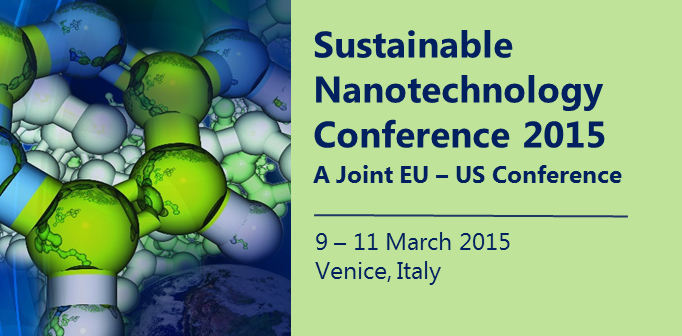Speaker
Nathan Bossa
(CEREGE-INERIS)
Description
The industrial scale production and wide variety of applications of manufactured nanoparticles (NPs) and their possible release into the natural aquatic environment have produced an increasing concern among the nanotechnology and environmental science community.
Nanomaterials are used in construction to improve the properties and functions of commonly used building materials like cement, glass, paint… A part of this production concerns a new type of cement, called self-cleaning cement which maintains clean and white wall fronts. Such building materials may also provide interesting pollution-reducing properties.
The technology is based on the photocatalytic property of nano-TiO2 added in the cement matrix. During continuous UV radiation exposure, TiO2 NPs lead to the oxidation (i.e. degradation) of compounds adsorbed at the cement surface. Such nanomaterial application in building construction is promising as it exhibits improved properties but its environmental validation (in terms of impacts and risks associated with the incorporation of TiO2 NPs) is also required.
Indeed cement is altered during their use when exposed to water (e.g. rain draining on cement wall). An altered layer is then formed at its surface where numerous and complex reactions occur such as cement phase congruent or incongruent dissolution, secondary phase formation, etc... This layer exhibits an increase of porosity. Cement leaching behavior and associated elements released into the environment, is well described in the literature but the behavior of the incorporated TiO2 NPs is currently unknown. Release of TiO2 NPs, more precisely, the emission of nano-products degradation residues (NDR) into the environment (waters, soils …) is suspected as alteration time increases.
The aim of this study is to determine the mechanisms of nano-TiO2 release from a self-cleaning cement during aging process and to identify cement parameters controlling it. We performed cement accelerating aging procedure on cement with various initial porosities to generate different rates of cement matrix degradation. One of the main objectives was to address the influence of cement porosity on leaching behaviour of TiO2 NPs. To simulate the alteration phase, static leaching tests (liquid/solid ratio (L/S) of 100) were performed during 7 days. Each sample was placed within a dialysis membrane (10 kDa) filled with ultrapure water and submerged in a leachate solution (ultrapure water) to isolate the released particulate fraction from the sub-released soluble fraction. The elements released (particulate and soluble fractions) and their kinetic were quantified by ICP-OES and characterized with DLS and TEM.
We analyzed the solid phase (core to altered layer) using several X-ray based techniques: XRD (X-Ray Diffraction), µ-XRF (micro X-Ray Spectroscopy) and an unprecedented combination of nano and micro X-ray computed tomography to perform a complete altered cement matrix characterization including pore structure.
Original results concerning the low-stability of the cement matrix while NDR are released in fresh water will be detailed with regards to the size and surface properties of nano-TiO2. More over a deep investigation of the alteration mechanisms of cement will help deciphering the cement porous network properties that control nano-TiO2 release. Based on our results a predictive strategy will be proposed.
